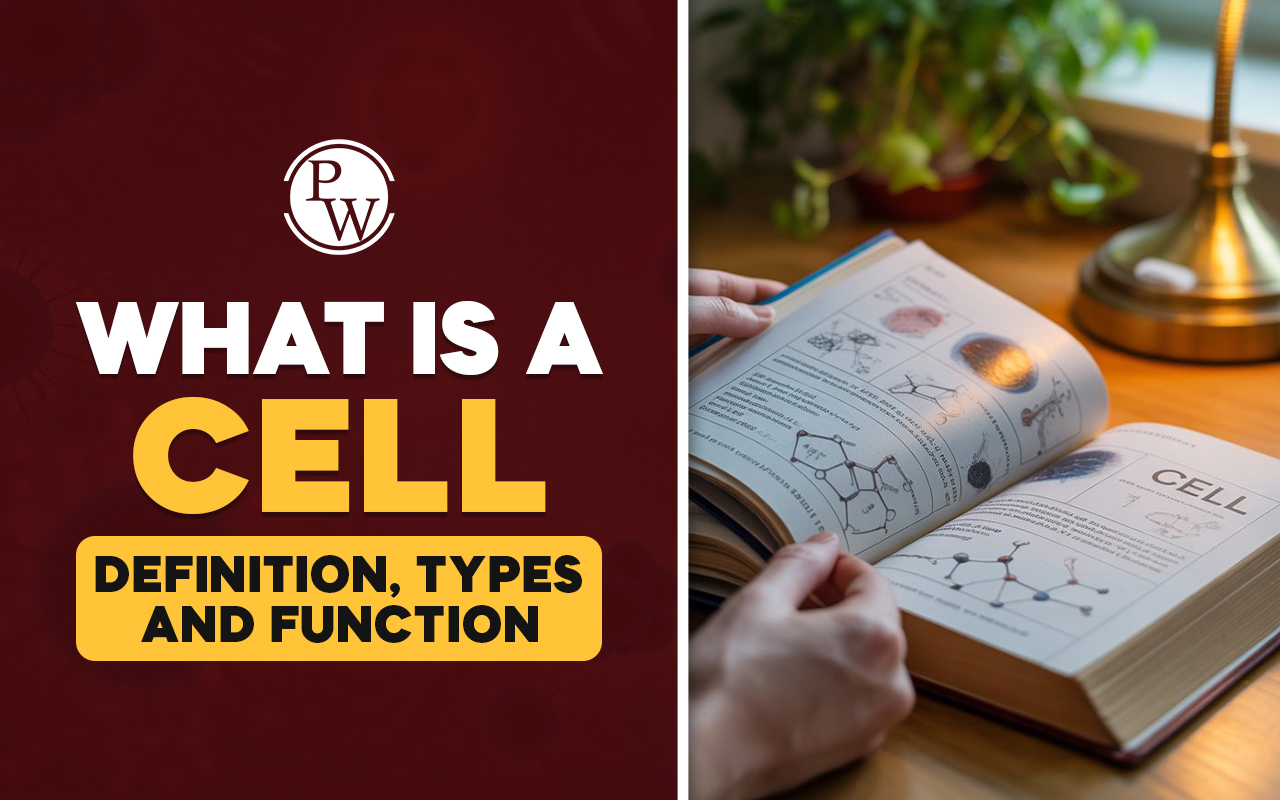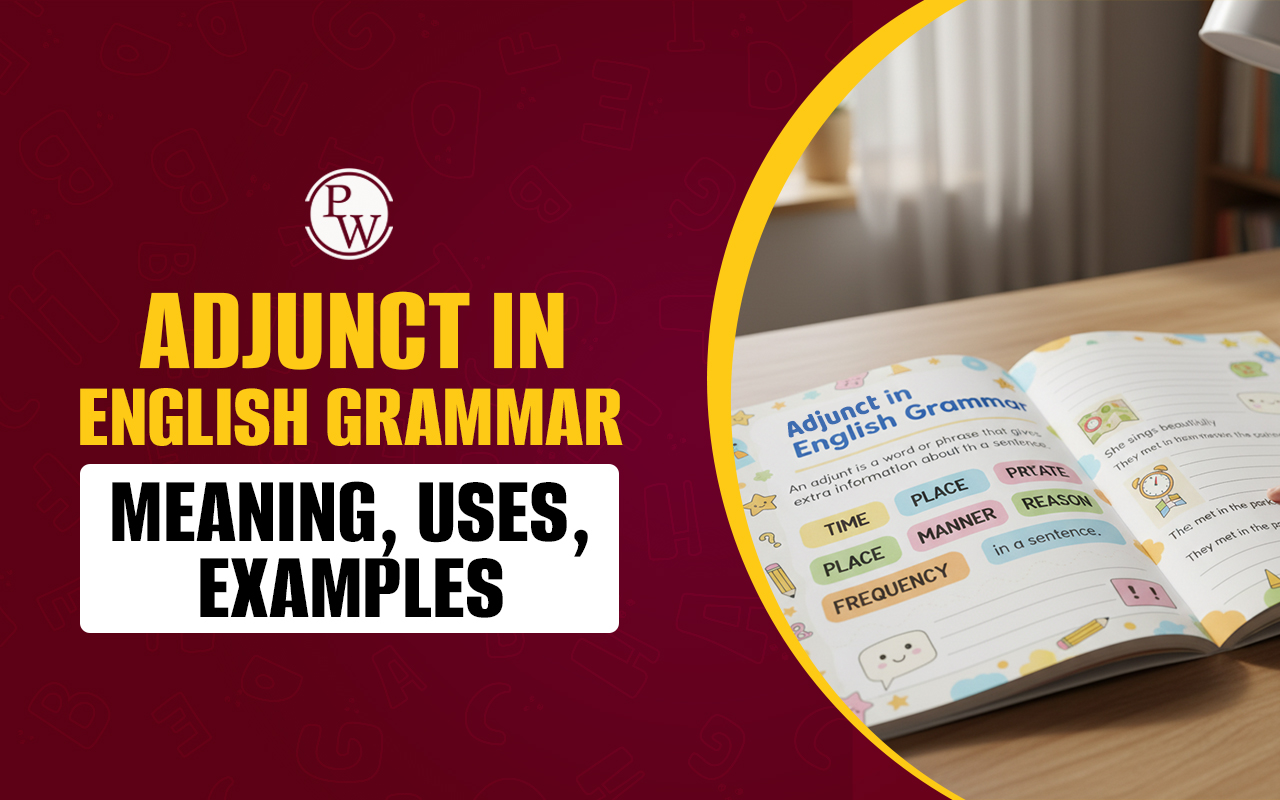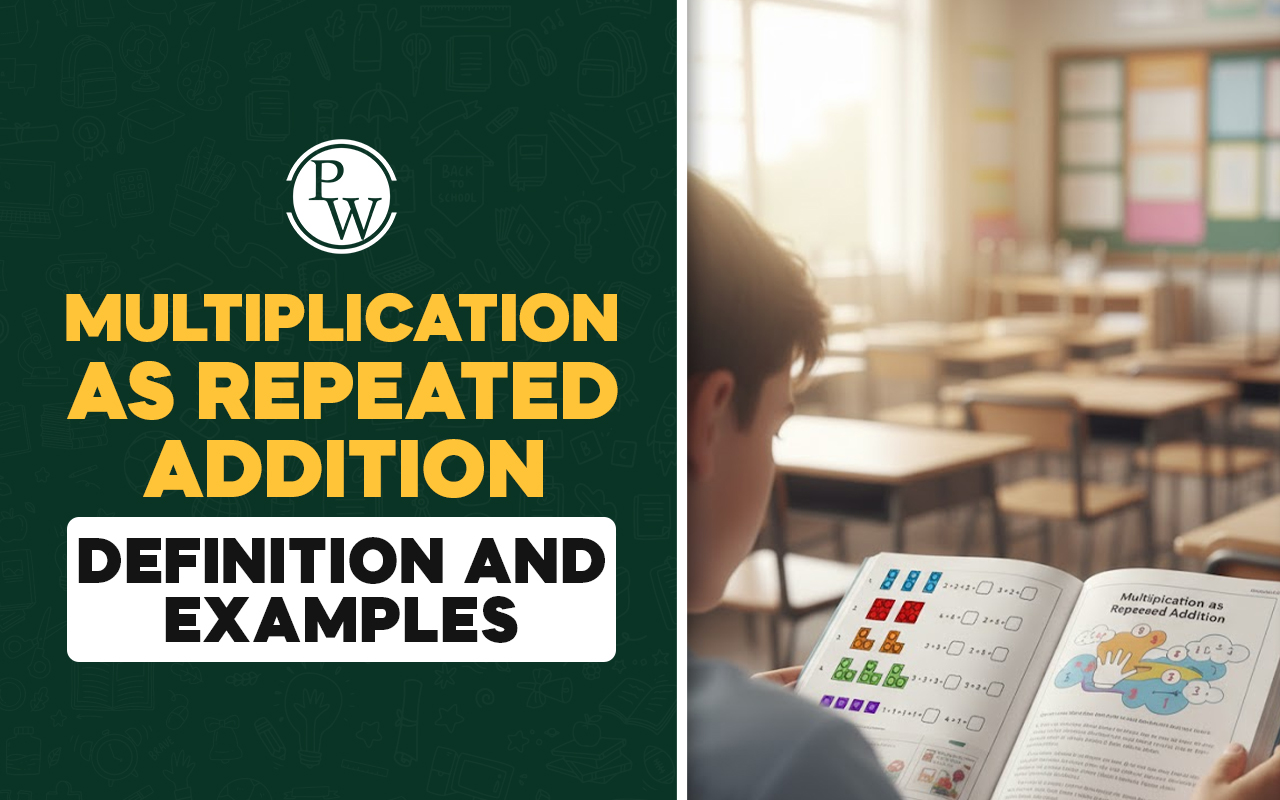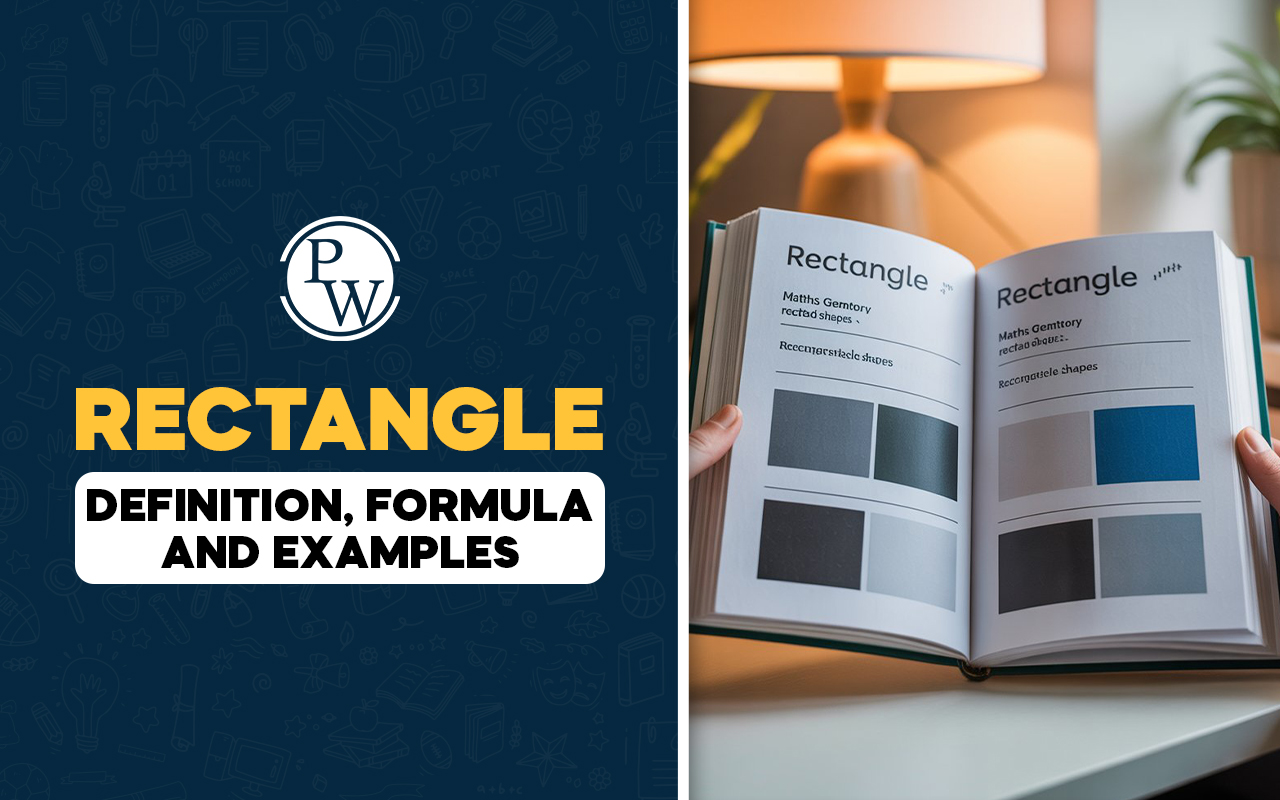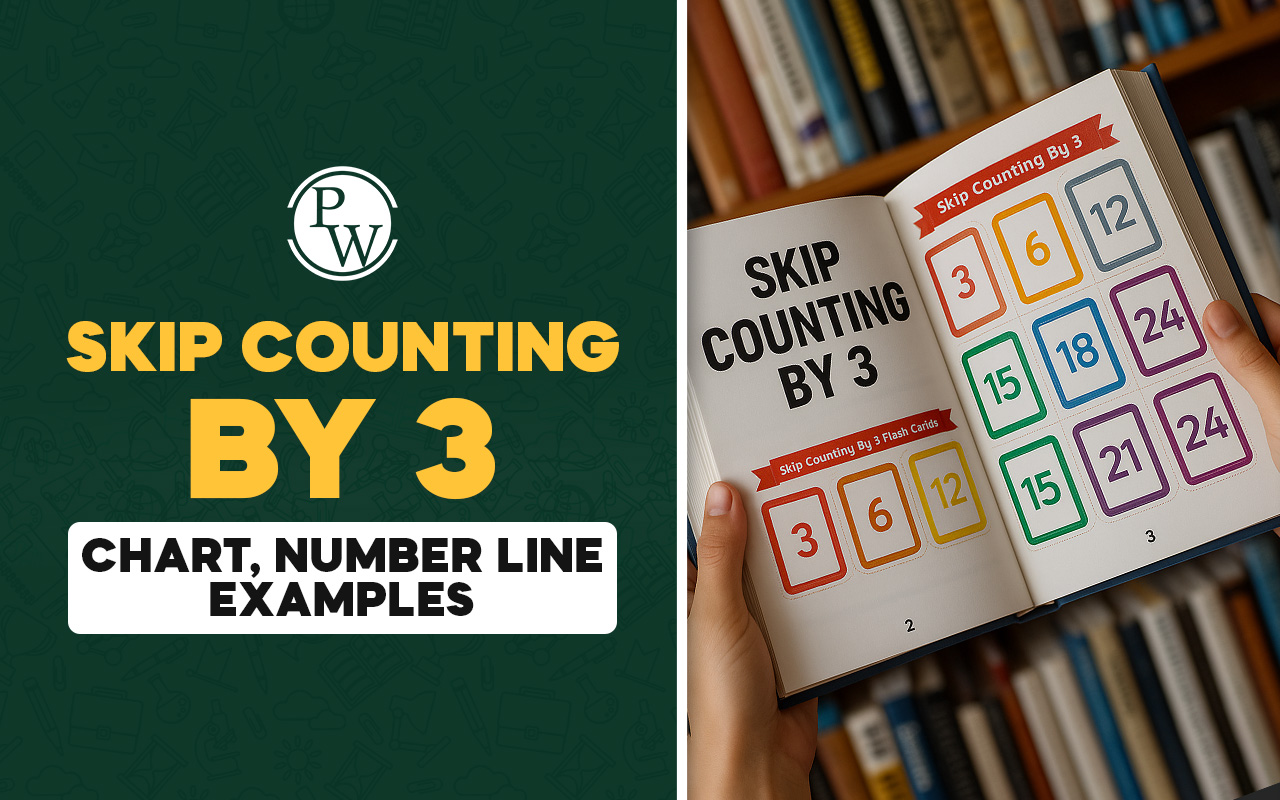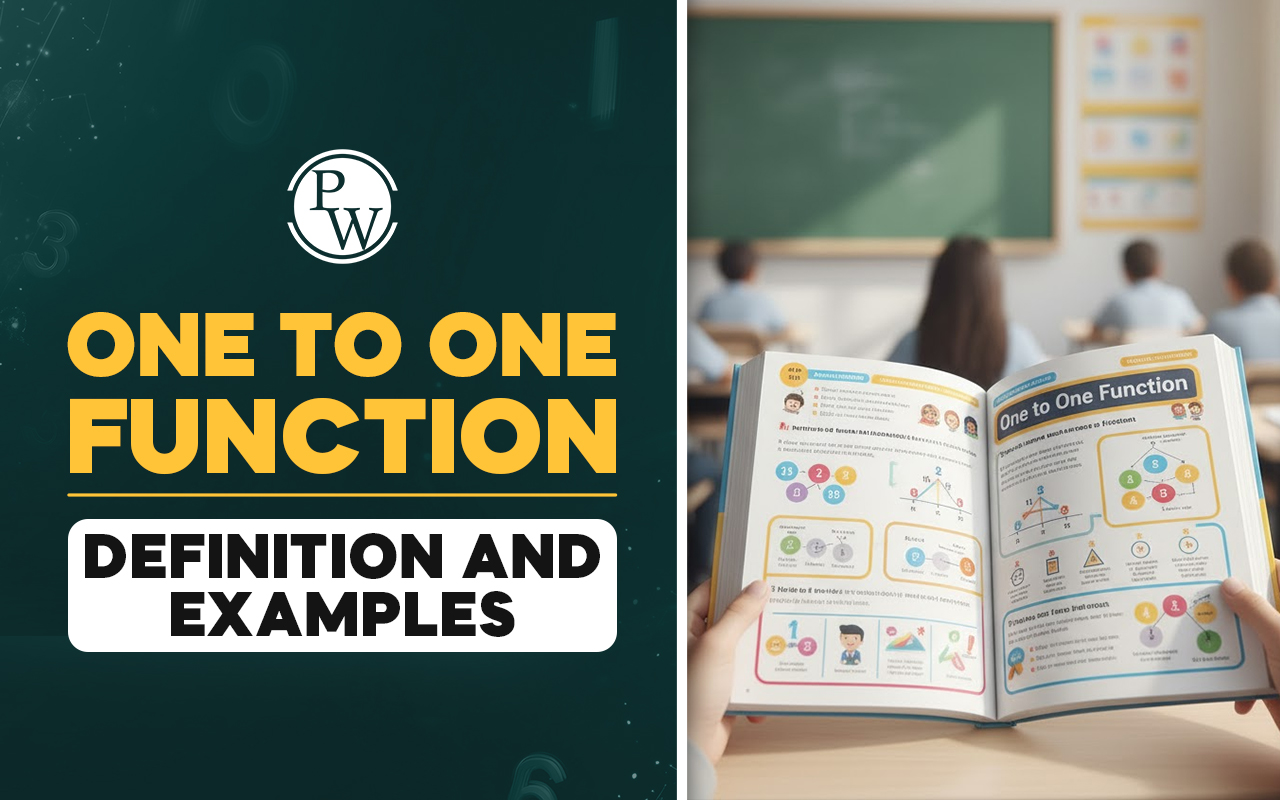
Direct and Indirect Speech
When you are narrating a conversation, quoting someone, or reporting what was said to another person, you use direct or indirect speech.
Understanding the concepts of direct and indirect speech is an important part of English grammar that can help you communicate clearly and effectively in different contexts while expressing statements, questions, or requests.
This blog explains direct and indirect speech definitions, provides important rules, and demonstrates examples to help you understand how they are applied to enhance English communication quality.
Direct speech is when you use the exact words spoken by someone, usually placed inside quotation marks. Indirect speech is when you report what someone said but use your own words instead of the exact quote. Both are used in communication to share what others have said, but they follow different rules.
Read More: Figures of Speech
What is Direct and Indirect Speech?
Direct and indirect speech are two different ways to communicate what someone has said. They are widely used in professional writing, stories, and articles. Knowing the definitions of direct and indirect speech can help apply them effectively to make communications clear and concise.
Direct Speech Definition
Direct speech is a statement that represents the way one speaks. These words are placed within quotation marks ("”), which implies you are quoting someone word-for-word.
Example:
She said, "I am going out."
The exact words "I am going out" are quoted here.
Indirect Speech Definition
Indirect speech (also called reported speech) is used when we clearly tell what someone said, but not how they said it. There will be no quotation marks, and the sentence is written differently.
Example:
He said that he was going out.
The message's meaning remains the same, but the statement is made indirectly, with changes in tense and pronouns.
Direct Speech Rules
Direct speech requires exact words inside quotation marks. The first word inside the quote starts with a capital letter. Commas are placed before the opening quotation marks. The speaker is mentioned before or after the quoted speech. Questions and exclamations keep their original punctuation inside the quotes.
Indirect Speech Rules
In indirect speech, verbs usually shift one tense back: present to past, past to past perfect. Pronouns change based on who is reporting. Time words like "now" change to "then," and "today" changes to "that day." Quotation marks are removed, and words like "said," "told," or "asked" introduce the reported speech.
There are specific rules to change direct speech into indirect speech. These rules include changing pronouns to fit the sentence, shifting the tense of verbs usually from present to past, modifying time and place words, and removing quotation marks. Following these rules keeps the meaning of the original speech correct when reported.
Direct and Indirect Speech Examples
For example, a direct speech sentence is: "I am happy," she said. The indirect form is: She said that she was happy. Another example: "Where are you going?" he asked (direct) changes to He asked where I was going (indirect). These show how exact words change in indirect speech.
Why are Direct and Indirect Speech Important?
Direct and indirect speech can be used in writing in different contexts to improve the quality of communication. Understanding the difference between direct and indirect speech will help in:
-
Writing essays and stories
-
Reporting news
-
Formal communication
-
Academic writing
Rules for Changing Direct to Indirect Speech
When converting direct to indirect speech, you must follow several rules related to pronouns, tenses, time expressions, and punctuation changes. Here are some basic rules for changing direct speech to indirect speech.
-
Remove Quotation Marks
While writing in indirect speech, you must remove the quotation marks and rephrase the sentence.
For Example,
Direct: He said, "I live in Delhi."
Indirect: He said that he lived in Delhi.
-
Use of "That"
When converting to indirect speech, use "that" to connect the reporting and reported clauses.
Example:
Direct: He said, "We are waiting for the results."
Indirect: He said that they were waiting for the results.
-
Change the Pronouns
In indirect speech, the pronouns must be changed according to the speaker's perspective.
For Example,
Direct: Ajay said, "I am tired."
Indirect: Ajay said that he was tired.
-
Change the Verb Tense
If the reporting verb is in the past tense in the direct speech, you should accordingly change the tense of the verb within the quoted text.
For Example,
Direct: He said, "The dinner is ready."
Indirect: He said that the dinner was ready.
-
Change Time and Place References
Time and place words often change in indirect speech according to the rules mentioned below:
|
Direct to Indirect Speech Rules |
|
|
Direct Speech |
Indirect Speech |
|
now |
then |
|
today |
that day |
|
tomorrow |
the next day |
|
yesterday |
the previous day |
|
here |
there |
For Example,
Direct: She said, "It's very cold here."
Indirect: She said that it was very cold there.
Read More: PROS AND CONS OF FREE ONLINE COURSE AND PAID COURSE
Direct and Indirect Speech Examples with Rules
Different ways exist to convert direct to indirect speech based on the type of statements. Let's explain with more examples along with the rules.
Statements
For statements or information, indirect speech removes quotations, changes verbs, and uses 'that' to express what the speaker says.
For Example,
-
Direct: He said, "I am working in a chemical factory."
-
Indirect: He said that he was working in a chemical factory.
Questions
When direct speech is in question form, indirect speech uses if, whether, etc., to begin, and a full stop replaces the question mark.
For Example,
-
Direct: He asked, "Do you know Mr. Jones?"
-
Indirect: He asked whether I knew Mr. Jones.
Commands and Requests
When direct speech is used for commands, order, or requests, use verbs like told, asked, ordered, warned, and requested along with 'to' and the verb in the same form to express the same in indirect speech.
For Example,
Direct: The guide said, "Don't move out when it's dark."
Indirect: The guide warned us not to move out when it was dark.
Exclamations and Wishes
While converting exclamatory sentences from direct to indirect forms, use verbs like exclaimed, wished, hoped, etc., and remove the exclamation mark.
For Example,
Direct: He said, "We have won the match!"
Indirect: He exclaimed that they had won the match.
Exceptions to the Rules
If the reporting verb is in the simple present or future tense, the verb in the indirect speech stays the same.
For Example,
Direct: She says, "I like fictional stories."
Indirect: She says that she likes fictional stories.
General Facts
General facts within the quoted text do not change tense when converted from direct to indirect speech.
For Example,
Direct: The teacher said, "The Earth revolves around the Sun."
Indirect: The teacher said that the Earth revolves around the Sun.
Appropriately using direct and indirect speech can make your communication richer and clearer. With a knowledge of definitions, examples, and direct and indirect speech rules, you can easily and confidently convert direct to indirect speech without worrying about grammatical mistakes and improve your language skills.
Also read: Abstract Nouns
Improve your Child’s English Grammatical Skills with Curious Junior English Online Classes
Does your child struggle to understand grammar rules or often get confused with sentence structures involving verbs, pronouns, and tenses? These difficulties can lead to a lack of confidence in fluent communication and even affect exam performance.
But with CuriousJr English Online Classes, you have nothing to worry about. Specially designed for students in Classes 3 to 8, this program turns grammar learning into an exciting and enjoyable experience.
Here’s what CuriousJr's English Online Classes offer?
-
Build a strong vocabulary with 2000+ new words in each session with correct pronunciation, meaning, and usage in real-life conversations.
-
Interactive 1-hour Live sessions make studies fun and keep young learners engaged throughout.
-
Personalised guidance to improve communication skills in English, helping students express themselves confidently.
-
The course emphasises developing speaking, writing, reading, and listening skills per the Cambridge English Scale and CEFR framework.
With dedicated mentorship, a focused learning approach, and performance tracking, our classes help students build a strong foundation in grammar and communication. Book a demo class today in just Rs. 29 and watch your child grow into a proficient communicator in English.


